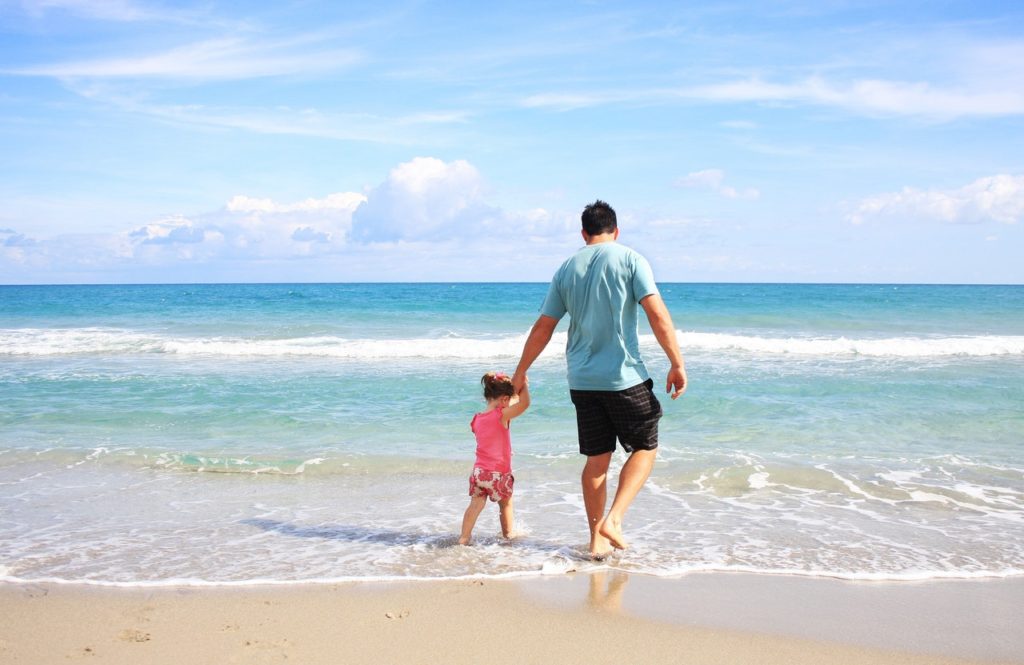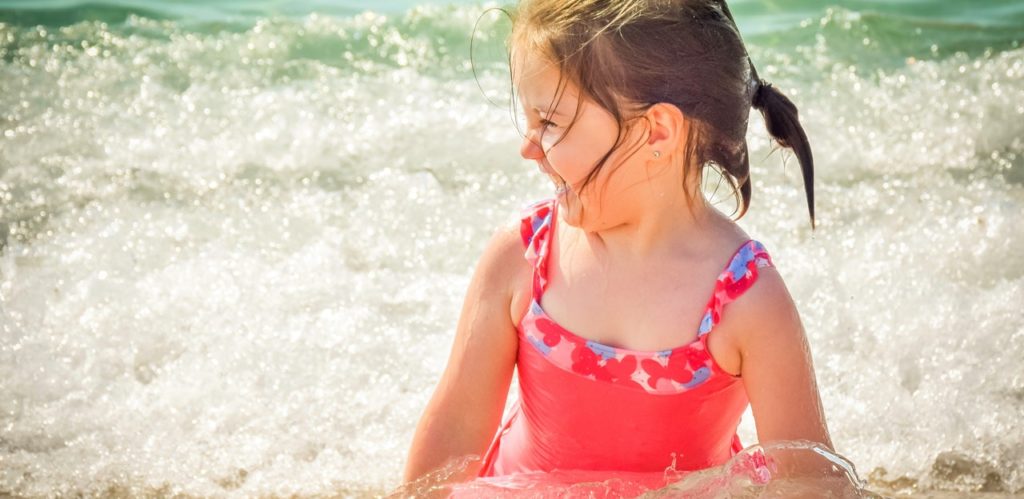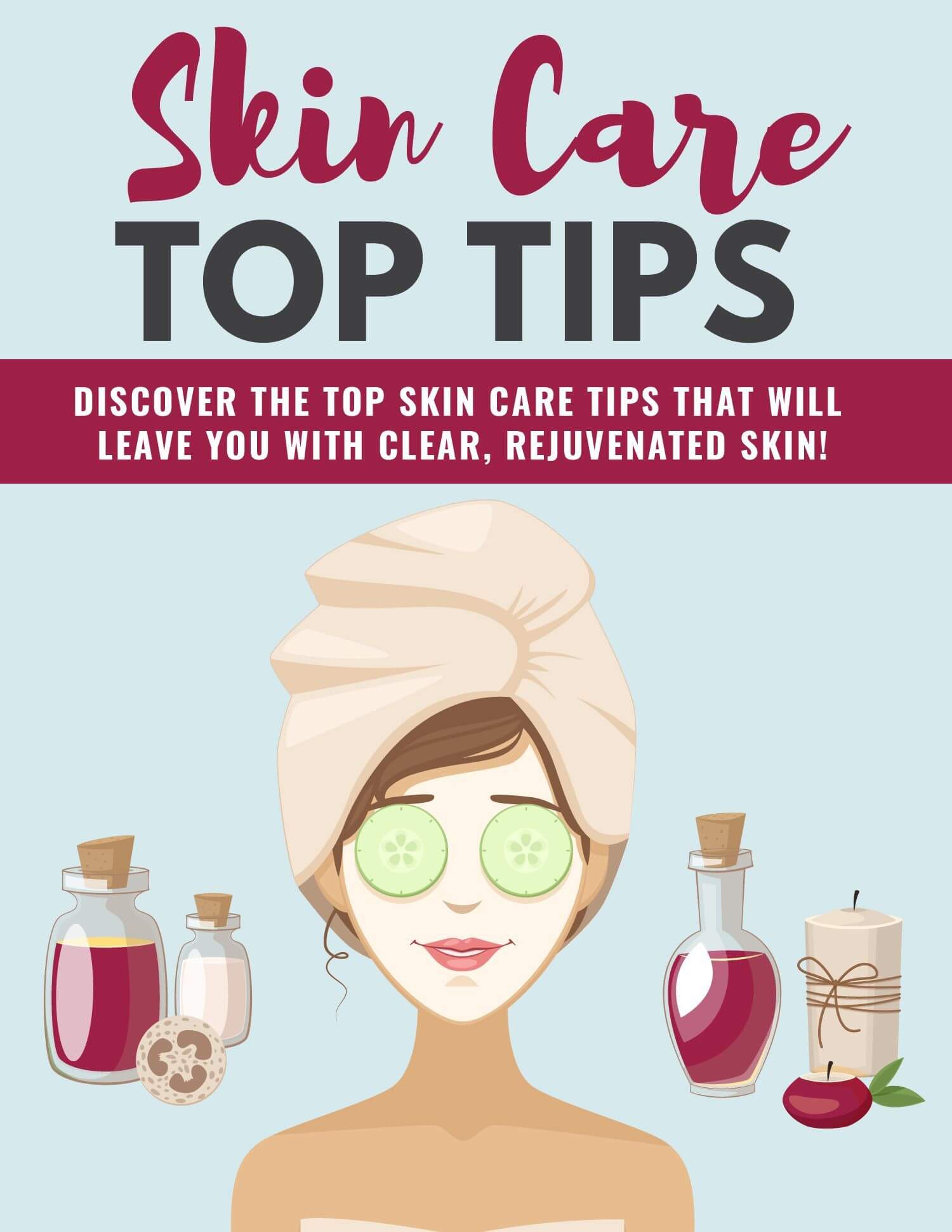This is a guest post from a Czech friend of the site, Miňa Bezstarosti. Before moving her family to the Dominican Republic for a year, one of her biggest concerns was protecting her young kids’ skin from the Caribbean sun in the Dominican Republic. So she did her research—and now they’re over there. So if you’re heading somewhere hot with the kids in tow this summer, read on to find out her recommendation for the best sunscreen for the Caribbean sun for kids and tips on how to keep them safe and happy on the beach.
Contents
Moving to the Carribean
We are a typical four-member Czech family. Dad, Mom, son and daughter. However, we are a bit unorthodox about how we try to make our normal life nicer.
Some people buy a bigger flat, some buy a luxury car, some pay for an all-inclusive holiday…
We saved money for a year stay in the Caribbean.
I’ll explain better. After the birth of both children, we decided to have a big party called… a Wedding. We told all our wedding guests that we do not want any kind of wedding gifts, but if they can and want to, then they can contribute a cash gift.
We had come up with an incredible amount of reasons to help us decide to do this.
But first of all, we wanted to fly before our daughter turns two years to have a free ticket. Yes, we still had to pay airport charges, but it was such a beautiful price that it made us smile. (On the other hand, if you have to pay the three remaining tickets to the Dominican Republic, you will definitely lose your smile!)
The question then soon arose as to how to prepare for a one-year stay somewhere, especially when you don’t know what there will be to buy when you get there.
How do I protect my children?
What medications and sunblocks should I prepare?
I started to think about it.
Keeping the kids safe from the sun

My kids are no longer babies, and that makes it easier for a healthy stay out there. If you have infants everything is much more challenging. It is even said not to expose children in the first six months of their life to sunshine at all. Their skin is thinner than adult skin and contains less pigment, and is therefore virtually defenseless against sunlight.
Fortunately mine are older. So, for me, it is important that my child is exposed to a reasonable amount of sunlight, in combination with sensible precautions. Some sun, but in a safe amount.
Because sunlight also has health benefits.
And constant sunscreen is actually more likely to hurt children.
Children need sun—sunlight stimulates vitamin D formation in the body. This is necessary not only for proper bone development but also has a positive effect on the immune system and brain activity.
Summer clothing
Most children would probably appreciate if they could run around completely without clothing in the sun. However, their fragile and sensitive skin wouldn’t appreciate the long-term exposure to sun rays, so it is also good to protect children from the sun with appropriate clothing.
Personally, I recommend dressing children in breathable materials, ideally cotton. It absorbs sweat better, reducing the risk of scalding the skin. Artificial fibers are especially unsuitable for children during hot months.
It proves to be true that if my two-year-old daughter insists on wearing her favorite dress, which is a mix of synthetic and cotton, she will have a rash when sweating. The most affected areas are neck, inner elbow and back.
Fortunately, the rash is not too itchy and this ointment will help quickly.

Many mothers have also been fans of a fairly new baby beach fashion: Lightweight, fast-drying, UV clothing (sometimes known as photo-protective clothing), in which children can play in water and on the beach. This is an ideal combination of pleasure and usefulness.
One of the benefits is continuous protection of the skin, which (unlike sunscreen) does not lose its effectiveness over time or due to outside conditions. Cream may be washed or wiped off and its protective function is gradually decreasing or soon disappears completely. UV clothing, however, protects the same way, even during bathing (on the other hand, a cotton t-shirt does not even protect you when it’s dry).
Another advantage is the softness of UV clothing to the touch. Unlike creams that contain different chemicals and get into the skin and can cause skin and allergic reactions, UV clothing does not irritate and damage the skin.
The third advantage actually comes from the previous one. Lower cost of UV clothing, long term. The initial investment is higher compared to a sun lotion. But considering that continuous protection needs to be renewed for perfect protection, it is worthwhile to use UV clothing. Especially if you use expensive lotions.
On the other hand, I see one disadvantage: We have settled in the windy area of the northern coast of the Dominican Republic. When I dress my children into these outfits, I feel they do not feel comfortable and suffer from the unpleasant moisture of the photo-protective outfit, especially with the wind.
When buying these garments, just as with sun lotion, we follow the protection rating. However, in this case, you’re looking for the UPF—the ultraviolet protection factor. A UPF of 50+ is ideal.
NEVER IN THE SUN WITHOUT HEAD COVER!
 Sunscreen alone is not enough. A child’s exposed head can not only be unpleasantly burned (especially if your baby is in the phase where he has five hairs in three rows), but above all, it can be the cause of sunstroke or hyperthermia.
Sunscreen alone is not enough. A child’s exposed head can not only be unpleasantly burned (especially if your baby is in the phase where he has five hairs in three rows), but above all, it can be the cause of sunstroke or hyperthermia.
On the market there is a wide choice of modern and practical caps with UPF50+. Also handy are those that have extended back cover, protecting the neck.
While in the water, wet the hair or cover the head with a wet (but not soaking wet) cap. It is also pleasant for cooling down.
Did you know that …?
Sunstroke and hyperthermia occur as a result of overheating of the body.
Sunstroke occurs when staying in a closed environment or in a heat with relatively high humidity, where sweat is not sufficient to evaporate from the surface of the body.
Hyperthermia occurs during long-term stay in direct sun when the sun’s rays affect the child’s uncovered body (especially the head). It is mostly combined with skin burns.
Symptoms of these conditions include rapid superficial breathing, increased heart rate, headache, thirst, high temperature, drowsiness, dizziness, and muscle cramps. In the first place, the baby should be placed in the shade, into a cool, ventilated room, and cool down the body by applying cold rags, lukewarm shower or bathing. It is important to administer in small doses and treat the burned skin. In more serious cases, a doctor should be contacted.
Choosing a sunscreen
An important step for the protection of children’s skin is your choice of sunscreen. The right sunscreen must be not only effective but must also be designed for a baby’s more sensitive skin.
When choosing the sunscreen, we look first at what is it made of. We should especially make sure that there are no preservatives, parabens or perfumes.
Also note if the lotion provides UVA and UVB protection and is waterproof.
The most important characteristic of the sunscreen is its protective UV filter. Children’s skin is more susceptible to the effects of UV rays because of the fact that a child skin has harder time to produce pigment, and children have also thinner skin. This leads to a deeper penetration of solar radiation. For young children, the value of the protective factor should be between 30 and 50+.
Generally, lotions are more effective than light tanning milk, which can’t hold as much of a UV filter.
When selecting the texture of the product, it is also necessary to evaluate the skin type:
For example, drier skin will more appreciate the oil base; greasy skin will be suited better by fine emulsions.
And for normal skin I really like this sunscreen:
Best sunscreen for Caribbean sun for kids

It does not stop with one use
When using tanning products, the golden rule doesn’t apply here, that more is less—on the contrary, in this case, it is recommended not to skimp on either the amount or the frequency of application. Physicians even recommend applying a continuous layer of sun lotion so that the skin is white and absorbed.
Beware, do not forget to smear the most sensitive parts—ears, lips, nose and nails.
After swimming renew the sunscreen layer, even if it is marked as waterproof.
Noon break
Between 11:00 and 15:00, the child should not be exposed to sunshine at all. At this time sunbathing is harmful to health.
This does not mean that the child has to spend time at home at this time, but at noon it is especially important to see that the child is kept in the shade as much as possible. Don’t rely on cloudy weather either—even though it does not seem sunny, through clouds the sun can still release 70-80% of its radiation into the skin.
Think proactively
Although it is tempting to spend the very first day of a beach holiday in the sun for as long as possible, you should expose your children to the sun gradually.
Use every day outdoors also to develop everyday good habits. The sooner your child is familiar with them, the less of a risk of a burn.
In addition to the careful and timely application of the sunscreen (about 20-30 minutes before sunbathing) and wearing appropriate beachwear, it is also necessary to protect the baby from possible sunburn or hyperthermia. So do not forget about head cover and make sure the baby regularly gets regular fluids.
Other precautions also include increased amounts of beta-carotene in your meals. Its largest source is mainly in vegetables and fruits such as carrots, cabbages, spinach, apricots and mangoes (the high season in the Dominican Republic is in June/July).
Conclusion
If you’re travelling somewhere extra sunny, like the Caribbean, this summer and you’ve got small kids, hopefully you found something here to make their time on the beach—maybe their first beach holiday?—fun, safe and sunburn-free!
And for adult protection from the sun, or sunless tanning, check out some of our other articles.
Got any tips of your own? We’d love to see them in the comments.
Here are a few additional products that we know some of our visitors also chose to use in addition the the ones featured above.




Awww, your kids too adorable. And this post is really helpful. Kids’ skins need to be protected as well irrespective of their ages, as long as they would be out there.
cheers